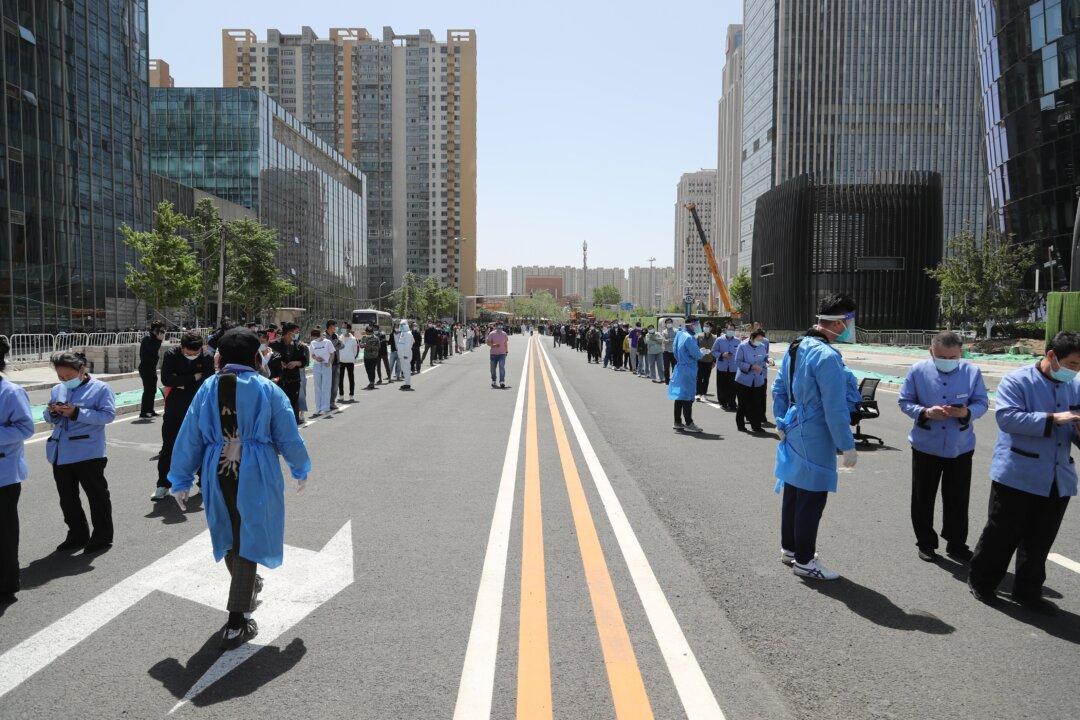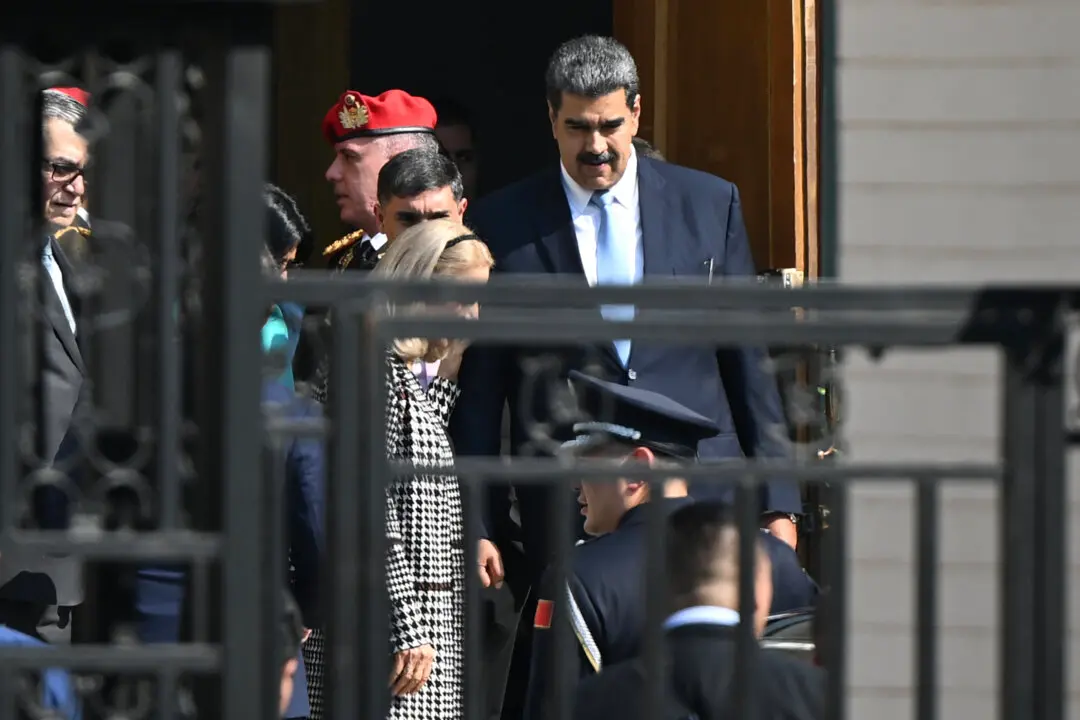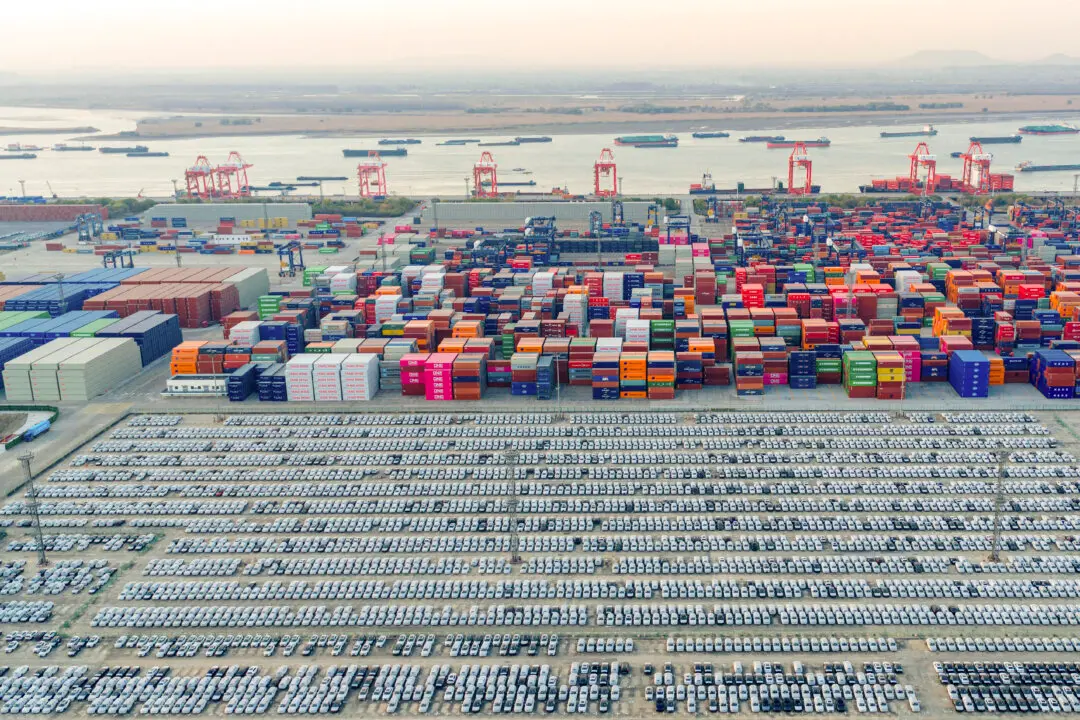Commentary
Beijing has launched yet another economic stimulus program. After a rather large stimulus package in May and a June declaration that no more was needed, Beijing in late August launched a 19-point stimulus effort. Whatever Beijing’s judgment in June, China’s economy cried out for more help.





